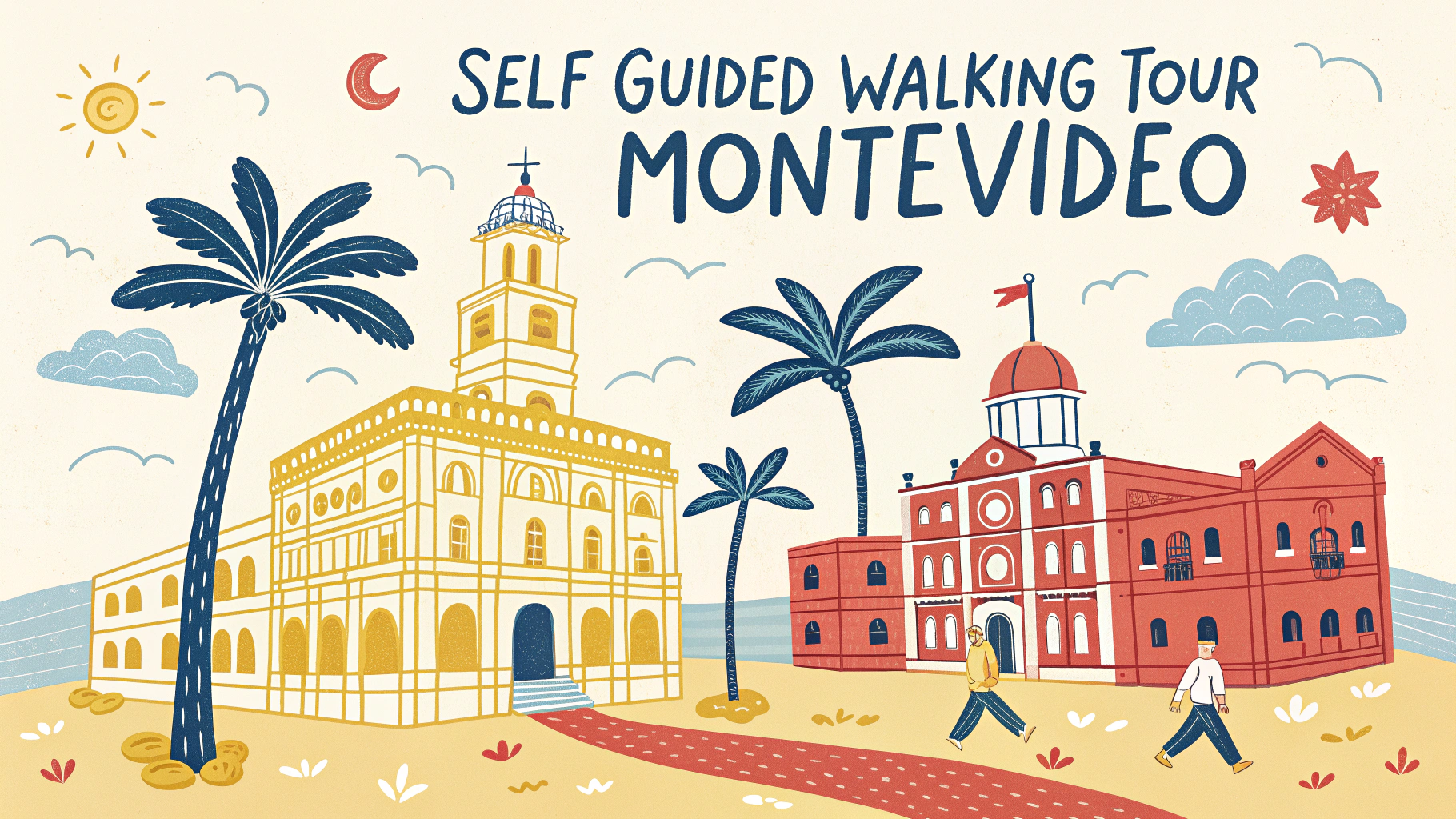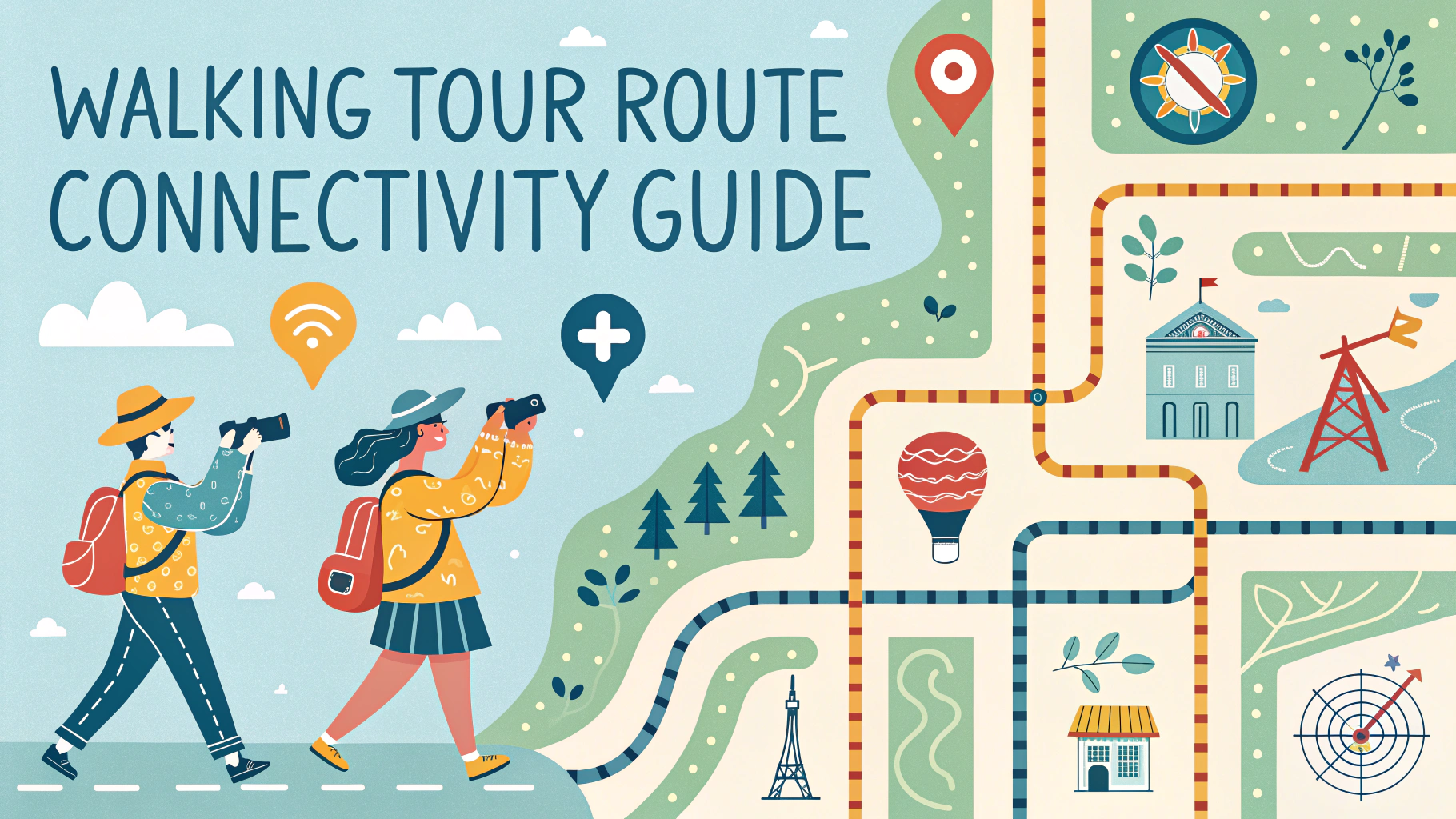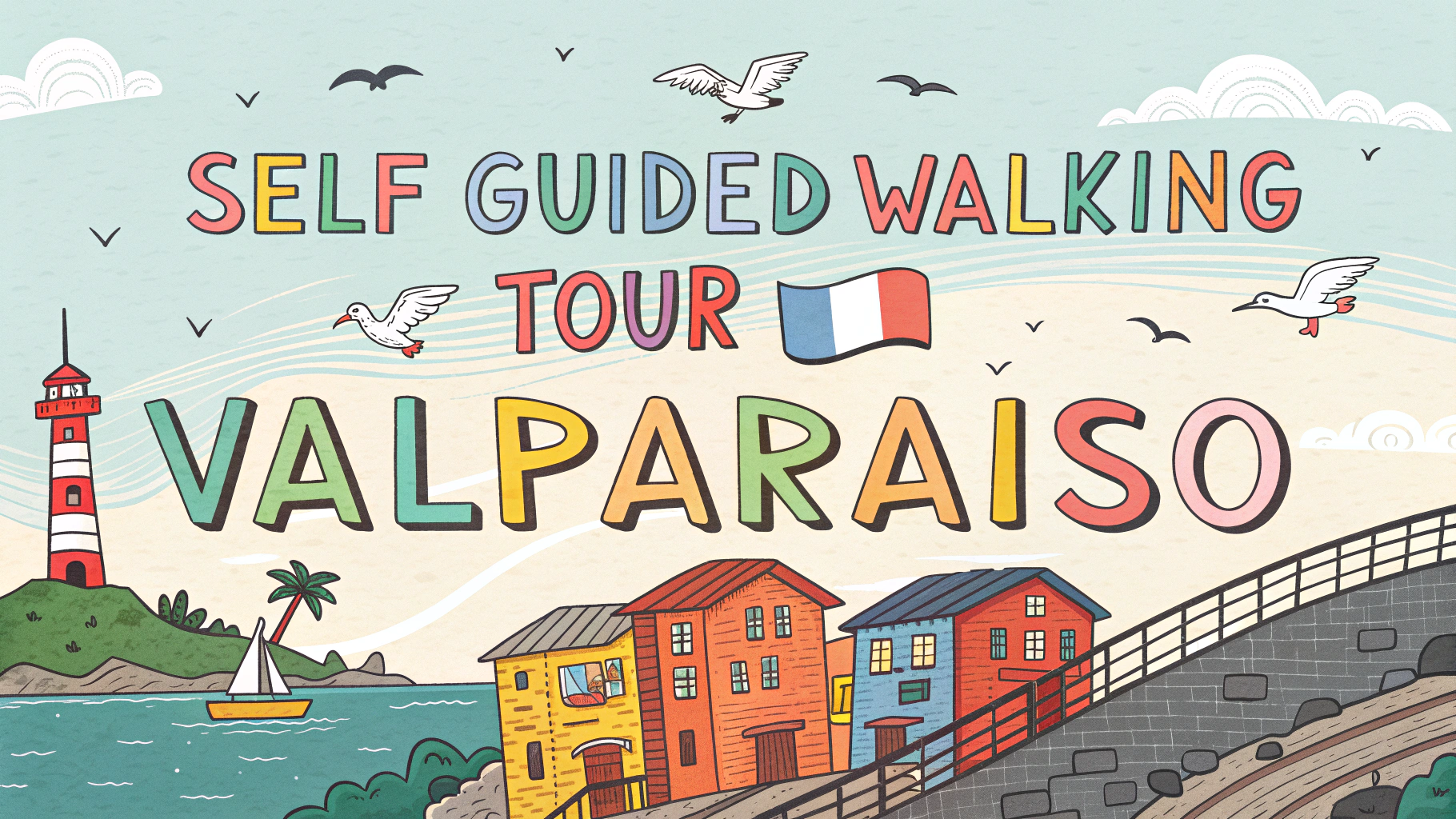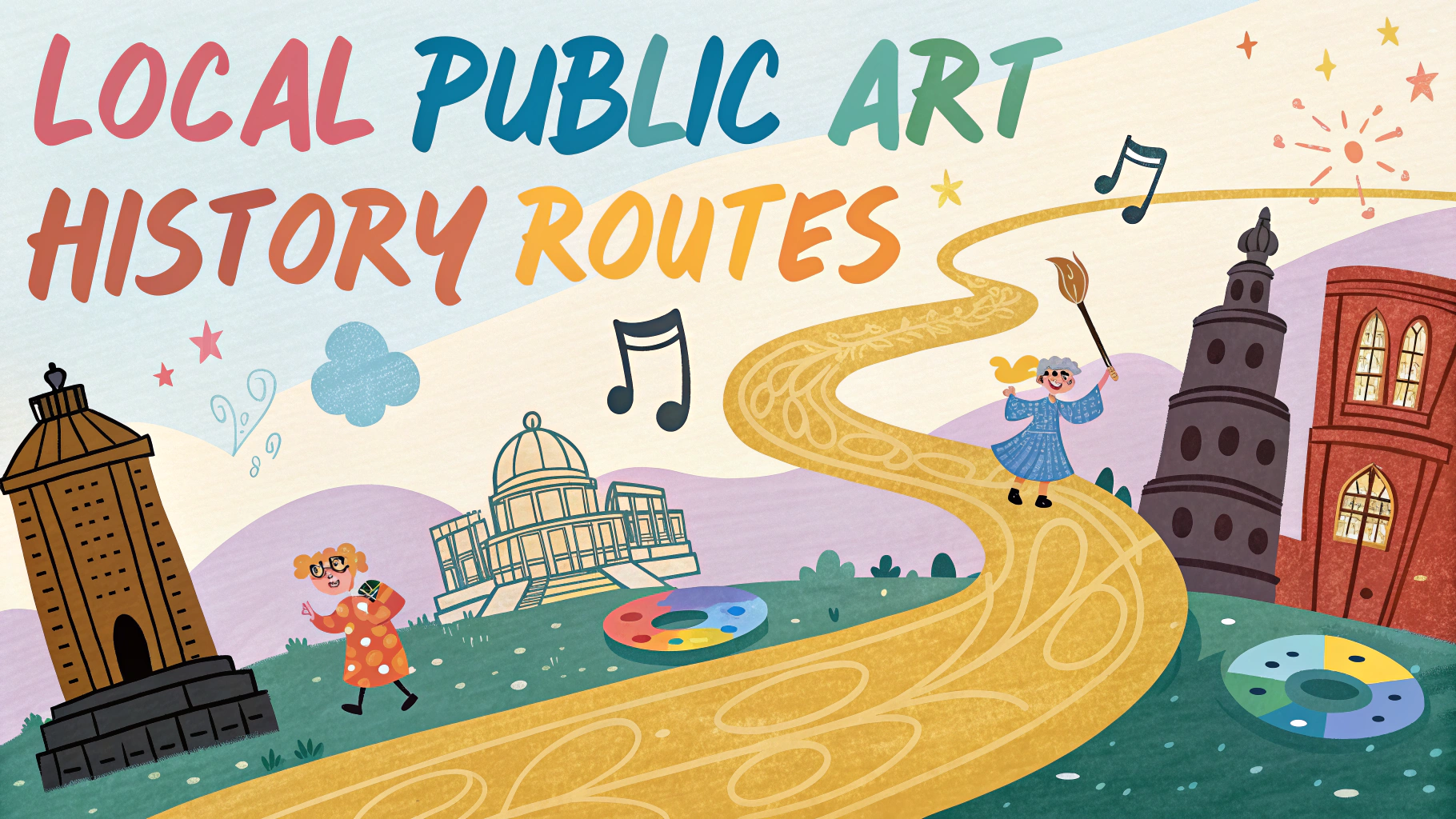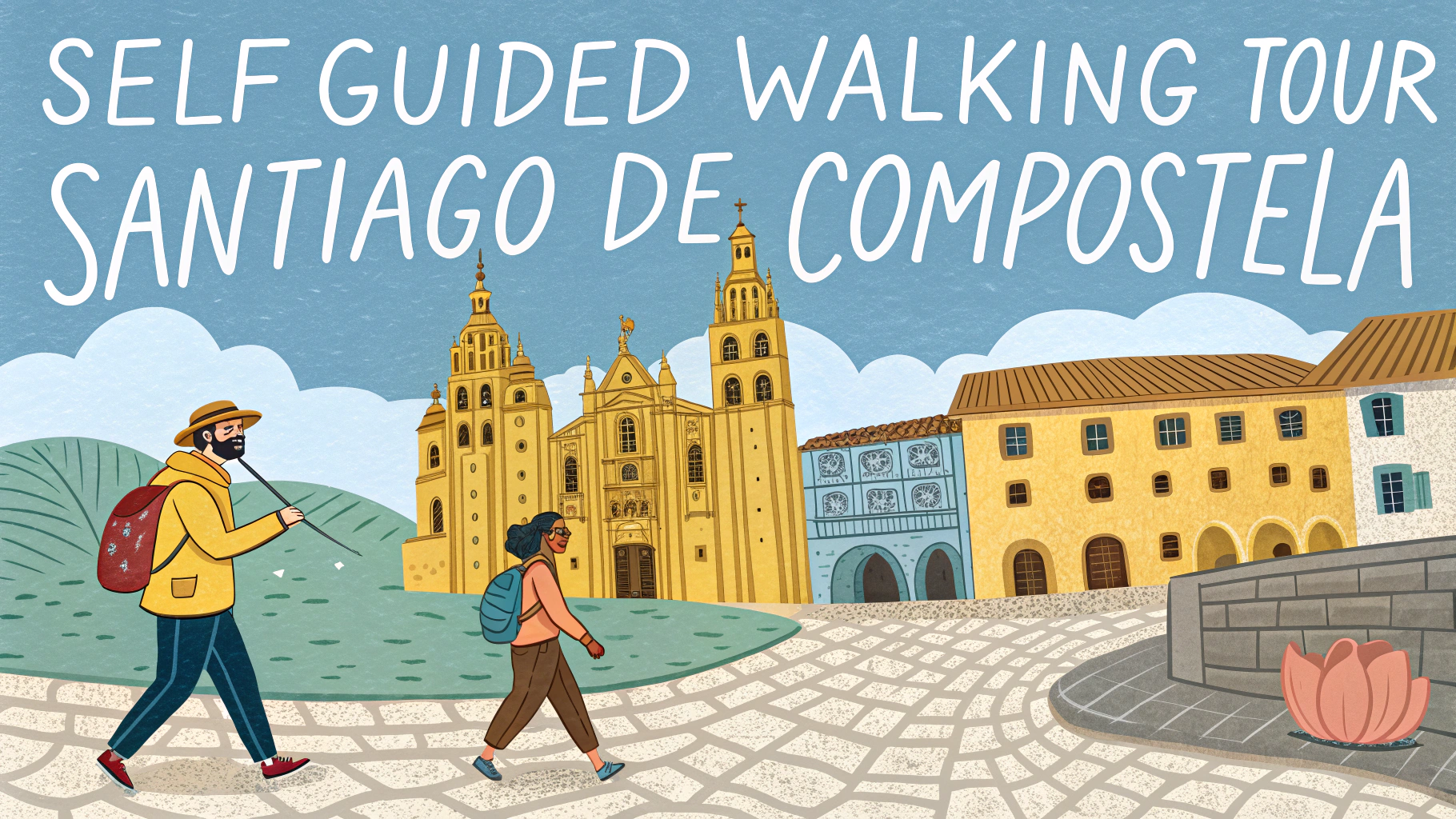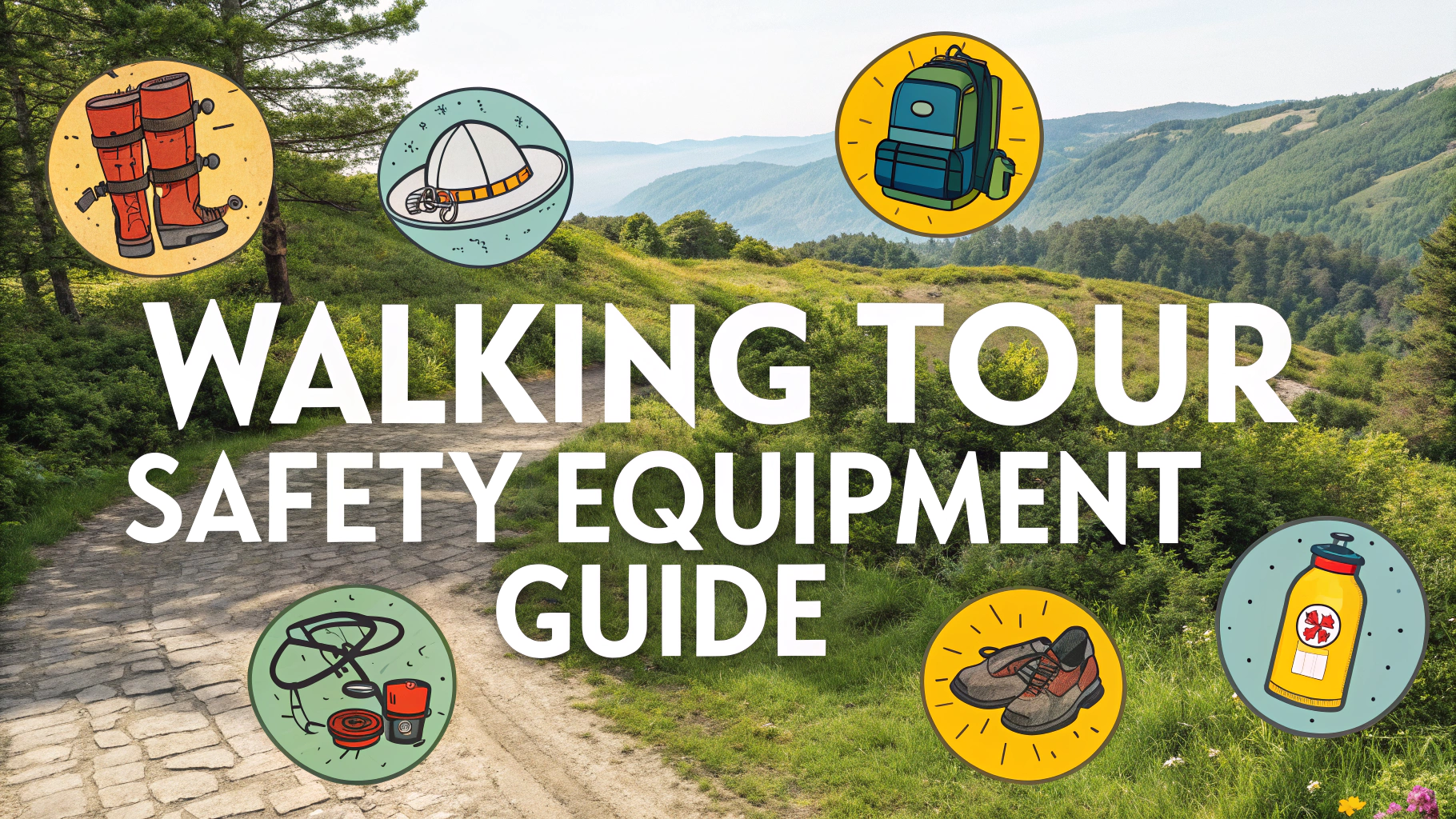Historic preservation walking tours let you explore a city’s architectural heritage and cultural landmarks at your own pace.
Planning Your Self-Guided Walking Tour
- Download walking tour maps from local preservation societies or tourism offices
- Wear comfortable walking shoes and weather-appropriate clothing
- Bring a camera to document architectural details
- Pack water and snacks for longer routes
- Download relevant architectural history apps
Best Times for Walking Tours
- Early morning: Less crowded, better lighting for photos
- Weekend mornings: Many historic buildings are open to public
- Spring/Fall: Comfortable temperatures and good visibility
Essential Resources
- National Trust for Historic Preservation: savingplaces.org
- Local historical societies
- Municipal preservation offices
- Walking tour apps like PocketSights or izi.TRAVEL
Photography Tips
- Capture whole buildings and detailed elements
- Photograph informational plaques for later reference
- Use morning or late afternoon light for best results
- Include people or objects for scale reference
Safety and Etiquette
- Stay aware of your surroundings
- Respect private property boundaries
- Keep voices down in residential areas
- Don’t block sidewalks while taking photos
- Follow posted signs and regulations
What to Document
- Architectural styles and periods
- Building materials and construction methods
- Historical markers and plaques
- Notable residents or events
- Neighborhood development patterns
Common Architectural Features to Notice
| Feature | Description |
|---|---|
| Cornices | Decorative molding at roof edge |
| Pediments | Triangular upper part of building facades |
| Columns | Supporting vertical elements |
| Dormers | Windows projecting from sloped roofs |
Suggested Route Planning
- Start at major landmarks or visitor centers
- Plan circular routes when possible
- Include rest stops at parks or cafes
- Note public restroom locations
- Research public transportation options
Contact your local preservation society or historical commission for specific walking tour recommendations in your area.
Additional Considerations
Seasonal Variations
- Summer: Start early to avoid heat, bring extra water
- Winter: Check indoor tour options and building accessibility
- Holiday seasons: Special decorations and themed tours available
- Festival times: Additional guided tours may be offered
Group Tour Options
- Join scheduled preservation society tours
- Organize private group walks
- Participate in annual architecture festivals
- Attend special-access events for historic buildings
Educational Opportunities
- Attend preservation workshops
- Take architectural history classes
- Join local history meetups
- Participate in building documentation projects
Digital Documentation
- Create digital maps of your routes
- Share findings on preservation websites
- Build photo collections by architectural style
- Contribute to online historical databases
Conclusion
Historic preservation walking tours offer unique insights into a community’s architectural heritage and cultural development. By properly preparing and documenting your experience, you can contribute to the preservation of local history while developing a deeper appreciation for historic architecture. Remember to respect local guidelines, stay informed about preservation efforts, and share your knowledge with others interested in architectural history.
For ongoing engagement with historic preservation:
- Join preservation advocacy groups
- Volunteer for local restoration projects
- Attend community planning meetings
- Support heritage conservation initiatives
FAQs
- What is a historic preservation walking tour?
A historic preservation walking tour is a self-guided or guided route through historically significant areas, featuring architectural landmarks, cultural sites, and preserved buildings that showcase a location’s heritage and development over time. - How long does a typical self-guided historic walking tour take?
Most self-guided historic walking tours take between 60-90 minutes to complete, though timing can vary based on walking pace, number of stops, and time spent at each location. - What should I bring on a historic walking tour?
Comfortable walking shoes, weather-appropriate clothing, water, a camera, the tour map or guide, and a mobile device for accessing digital information or audio guides are essential items. - Where can I find maps and guides for self-guided historic tours?
Maps and guides are typically available at local visitor centers, historical societies, municipal websites, tourism offices, or through dedicated walking tour apps and websites. - What are the benefits of taking a self-guided versus guided historic tour?
Self-guided tours offer flexibility in timing, pace, and route selection, while allowing visitors to explore at their own convenience without group constraints or scheduled departure times. - How can I identify historic buildings and landmarks during my walk?
Historic buildings are often marked with plaques, markers, or information panels that provide details about the structure’s age, significance, and architectural style. - Are historic preservation walking tours accessible for people with mobility issues?
Many historic districts have accessible sidewalks and ramps, though some historic areas may have uneven surfaces or stairs. Tour descriptions typically include accessibility information. - What is the best time of day to take a historic walking tour?
Morning or late afternoon hours are often ideal, as they typically offer comfortable temperatures and good lighting for photography while avoiding peak tourist crowds. - How can I learn about the architectural styles on historic walking tours?
Most tour guides include information about architectural styles, or you can research common local architectural features beforehand through preservation society resources. - What role do historic preservation walking tours play in conservation?
These tours help raise awareness about historic preservation, generate support for conservation efforts, and often contribute to local preservation funding through tour fees or donations.

